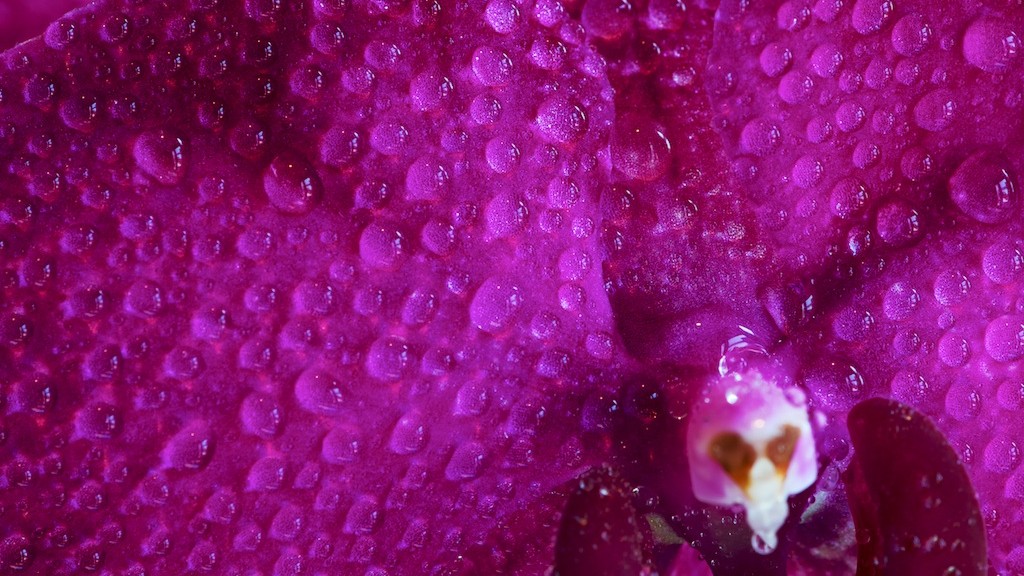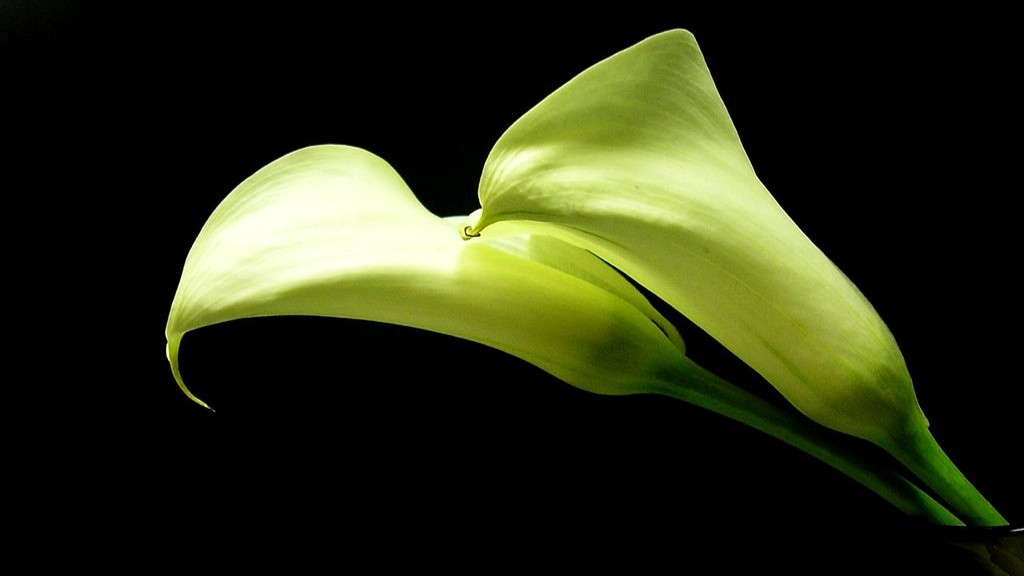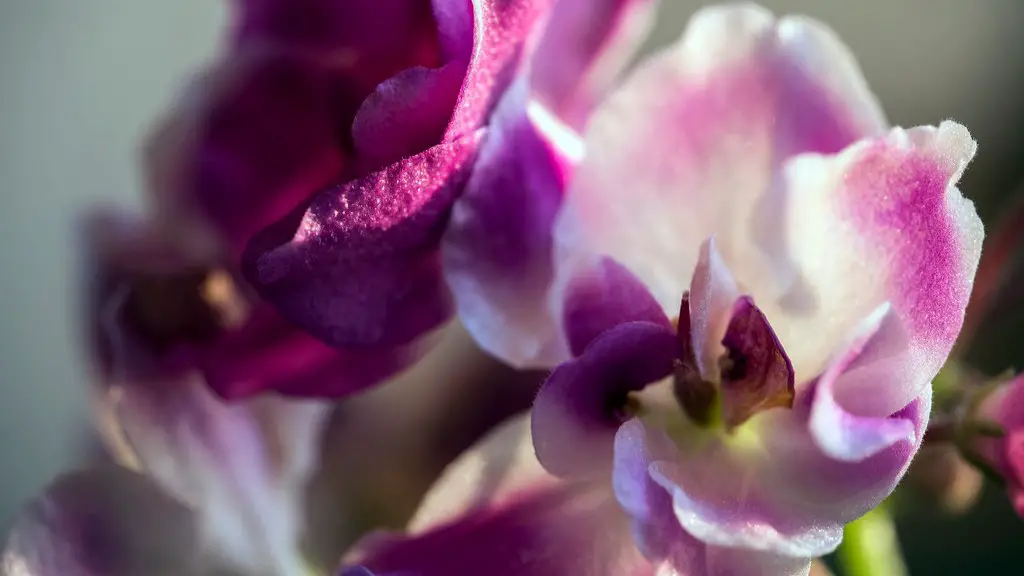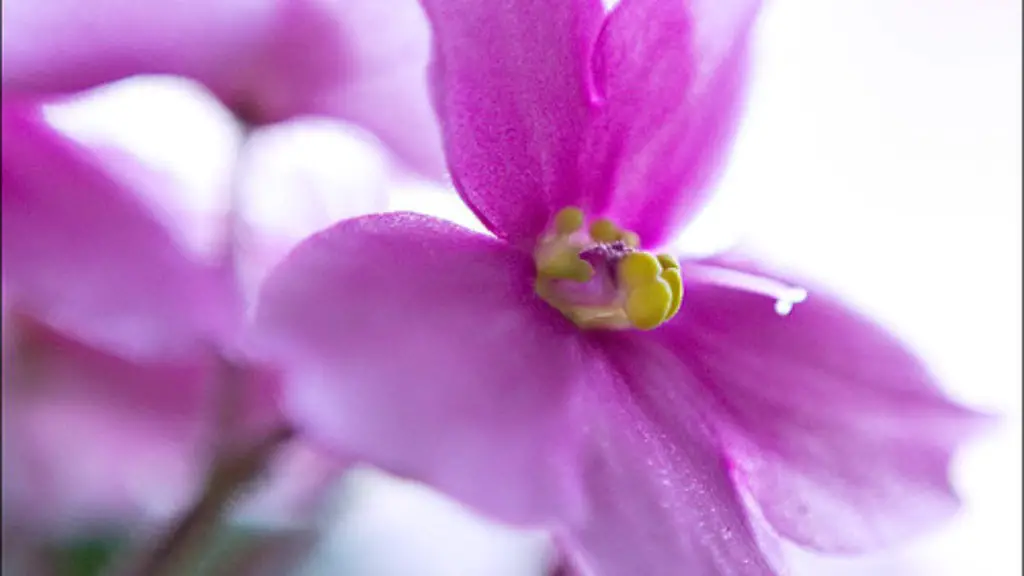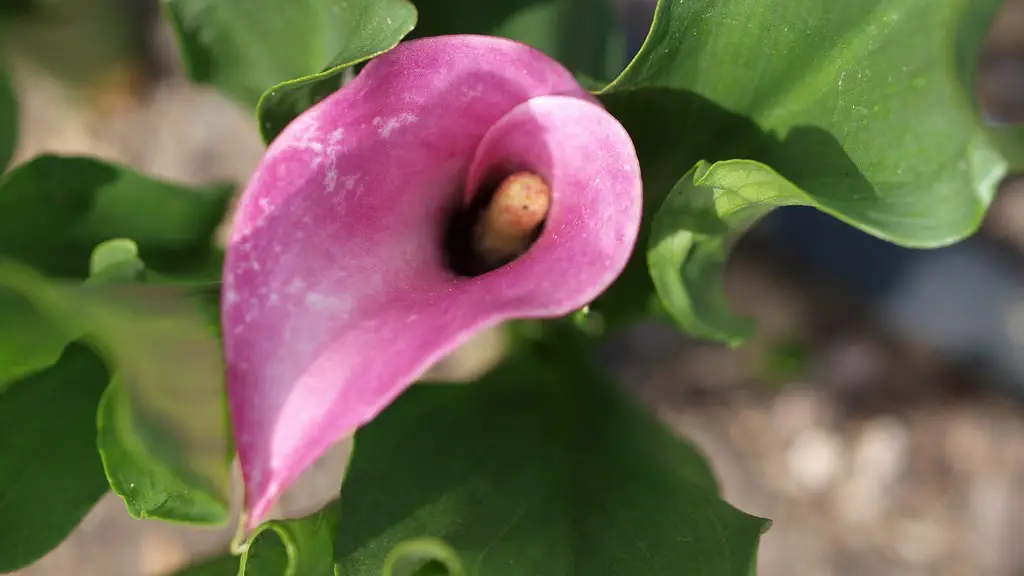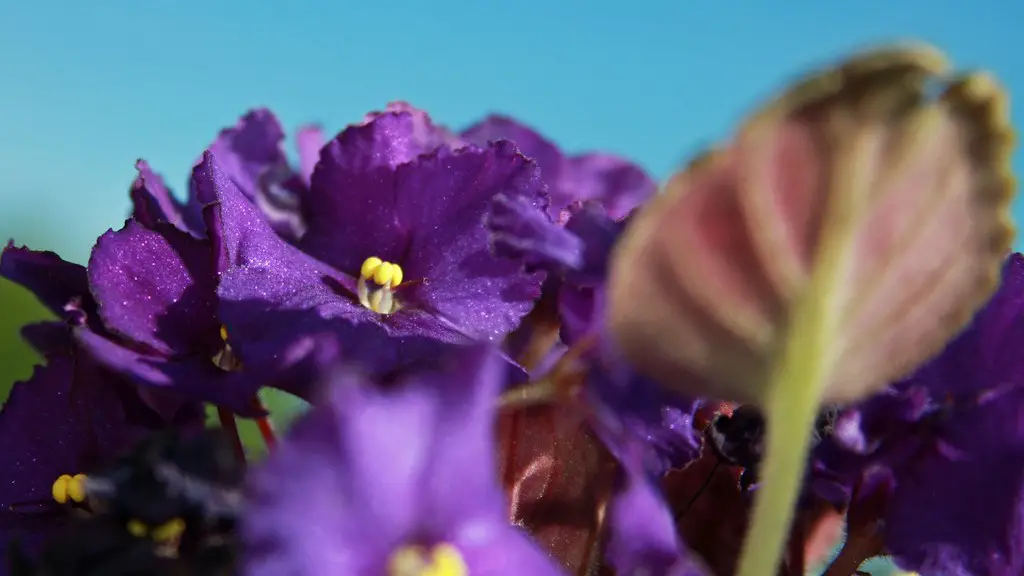Phalaenopsis orchids are one of the most popular kinds of orchids, but they can be finicky flowers. If you have a sick phalaenopsis orchid, there are some things you can do to try to save it. First, figure out what is wrong with the plant. Is it getting too much or too little light? Is the temperature in the room too hot or too cold? Is the plant getting too much or too little water? Once you have determined what the problem is, try to correct it. If the plant is not getting enough light, move it to a brighter spot. If it is getting too much light, move it to a shadier spot. If the plant is not getting enough water, water it more often. If it is getting too much water, water it less often. With a little bit of patience and care, you should be able to save your sick phalaenopsis orchid.
In order to save a sick phalaenopsis orchid, you will need to take a few steps. First, you will need to identify the problem that is causing the illness. Once you have done that, you will need to take steps to correct the problem. Finally, you will need to provide the orchid with the proper care and attention it needs to recover.
How do you revive a dying phalaenopsis orchid?
You can revive an orchid plant by repotting it in some fresh growing medium. First cut back any dead or dying leaves, then gently remove the orchid from its current pot. Inspect the roots and if they are mushy or black, trim them back to healthy tissue. Choose a new pot that is only slightly larger than the current one, and add fresh orchid growing medium. Water the plant well and place it in a bright, indirect light location.
If your orchids are stressed or sick, you can revive them by cutting off the spikes if they haven’t bloomed within the past two months. Use a pair of Fiskars Micro-Tip Pruning Snips or a Scalpel, and make a swift cut at the base of the stem between the fleshy leaves. Be sure to properly clean and disinfect your instruments.
How do I nurse my orchid back to health
If your orchid is dying, there are a few things you can do to try and nurse it back to health. First, water the plant with tepid water, being careful not to overwater it. Second, move it to a location where it will receive indirect sunlight for 10 to 15 hours each day. Finally, remove any dead or dying flowers, and cut back any dead or dying leaves. With a little care, your orchid should soon be back to its healthy self.
As long as your orchid retains its green stem and healthy roots, it will bounce back from dormancy and bloom with new flowers when temperatures warm for the active growing season. Keep your orchid in a cool, bright spot out of direct sunlight and water it regularly to encourage growth.
What does an orchid look like when dying?
If you see any of the above signs, your plant could be dead or dying. If you’re not sure, try taking a cutting from the plant and putting it in water. If the cutting doesn’t take root or the leaves turn brown, the plant is probably dead.
The soaking method is a great way to rehydrate and revive your orchids. By following the simple steps outlined above, you can ensure that your orchids get the hydration they need to thrive.
Should you cut off diseased orchid leaves?
If you see any rotten or diseased leaves on your orchid, it is best to remove them immediately. These conditions can spread and eventually kill your orchid, so it is important to nip them in the bud as soon as possible.
To remove the leaves, Simply cut them out with sterilized scissors. This will help to ensure that the conditions do not spread to the rest of the plant.
If you notice that your orchid’s leaves are looking limp or leathery, it’s a sign that the plant is getting too much water. The existing leaves may begin turning yellow, and new leaves may look pleated. If you see these changes, it’s important to cut back on watering and allow the plant to dry out a bit before watering again.
How do you save a dying potted orchid
It is important to take your orchid out of the decorative pot and place it over a container to water it. Ensure that the container has drainage holes so that the water can properly drain out. Too much water can damage the roots of the plant, so be sure to not overwater.
Your orchid is dehydrated if you see that its bottom leaves are yellow and wilted, and its buds are falling off instead of opening (bud blast).
Can my orchid be saved?
If your orchid is overwatered, quickly remove any mushy or damaged roots using a sharp, sterile knife. Repot the orchid in fresh potting media following the orchid repotting instructions on our website.
If the crown of your orchid is brown and mushy, it is likely dead. However, if the roots are green or white and plump or firm to the touch, the orchid is healthy and is simply resting. To help ensure that your orchid stays healthy, water it regularly and allow the roots to dry out in between watering.
What does an orchid look like when it needs to be repotted
Orchids are a type of flowering plant that prefer to grow in small pots. As they grow, their roots weave through the compost in the pot and eventually run out of room. At this point, their roots will push the plant up above the rim of the pot or reach out into the air, looking for breathing space. This is a sure sign that it’s time to re-pot the orchid.
The most important thing you can do for your sick plant is to give it time. Many plants bloom only once a year, so if you just missed the blooming window, be patient! They will bloom again, but in the meantime, you have a few options: You can let it be, while making sure to fertilize it monthly or sometimes even as often as every other week Use a houseplant fertilizer or balanced fertilizer (example: 20-20-20) at half the recommended rate.
What does an unhealthy orchid look like?
If you notice that your orchid’s leaves are brown or mushy, this is a sign that the plant has root rot. Healthy roots will be plump and green, so if you see that your orchid’s roots are brown, this is a sign that you need to take action. To fix this, move your orchid to a place where it will receive plenty of bright, indirect sunlight.
If you find that your orchid has bad roots, snip them off with a sterilized cutting tool and then repot it. On the other hand, if the part of the orchid that connects the leaves and the roots is mushy, it is time to toss the plant.
What do diseased orchid leaves look like
Bacterial brown spot is a bacterial disease that can affect plant growth. Infected plants may appear stunted, with wilted and yellowish leaves. Brown to black spots may also extend from the roots into the plant’s rhizomes. As the disease progresses, leaves may become twisted and wrinkled.
Because orchids aren’t potted in soil, they need nitrogen for optimal health. Orchid fertilizer and all-purpose flower fertilizer will contain the necessary nitrogen. Another high-nitrogen option for fertilizer is tea bags. With this option, you just open the bag and spread the contents in the potting media.
Warp Up
If you have a sick Phalaenopsis orchid, the first step is to figure out what the problem is. Once you know what the problem is, you can take the appropriate steps to try to save the plant. In some cases, you may need to take the plant to a professional for help.
If your Phalaenopsis orchid is sick, there are a few things you can do to try and save it. First, check the roots to see if they’re rotting. If they are, you’ll need to repot the plant in fresh potting mix. If the roots look healthy, you can try giving the plant more light or less water. If the leaves are yellowing, that’s a sign of too much water. If the leaves are brown and crispy, that’s a sign of too little water. Try adjusting your watering schedule and see if that helps. Lastly, if your plant is just not looking its best, you can try giving it a bloom boost with a fertilizer high in phosphorus.
